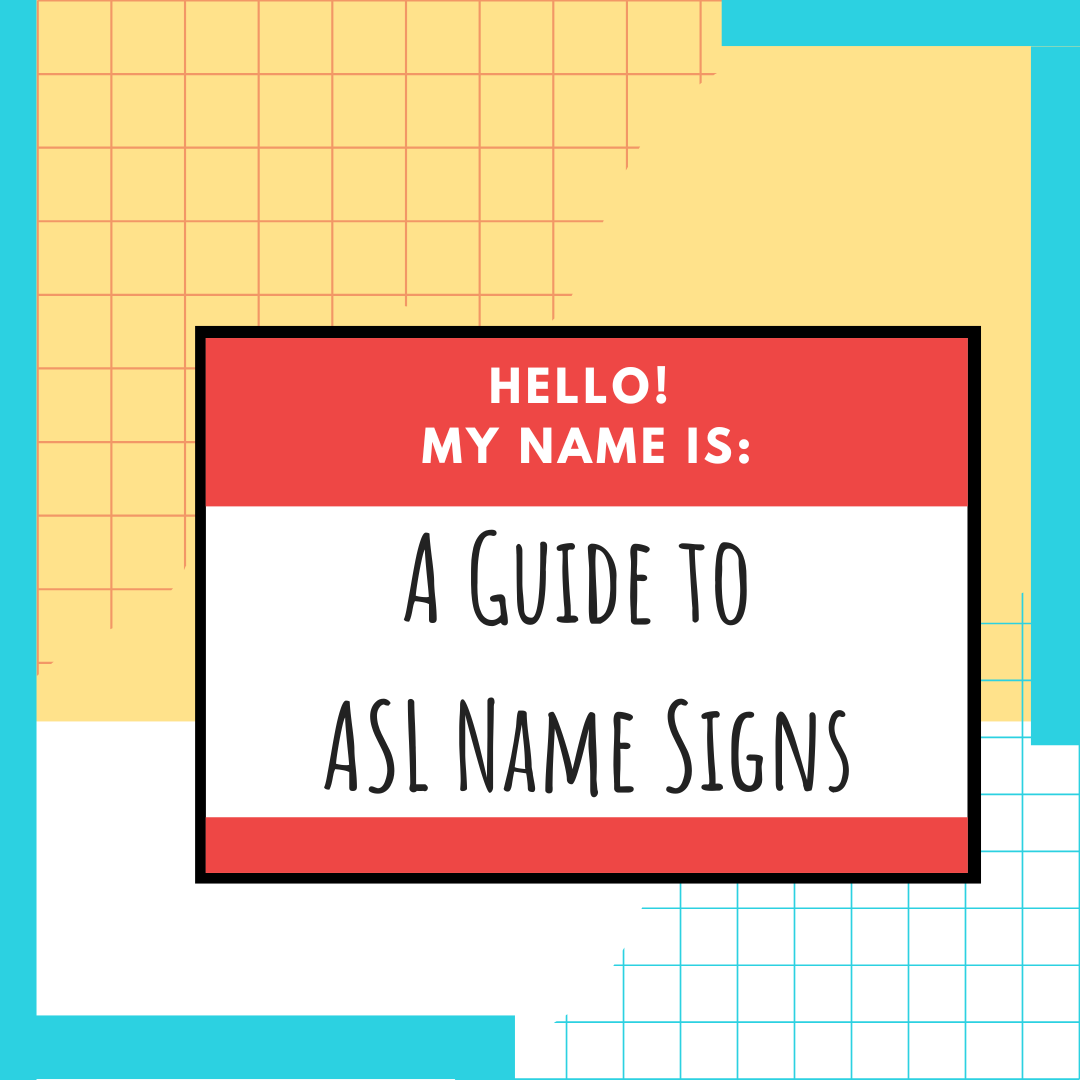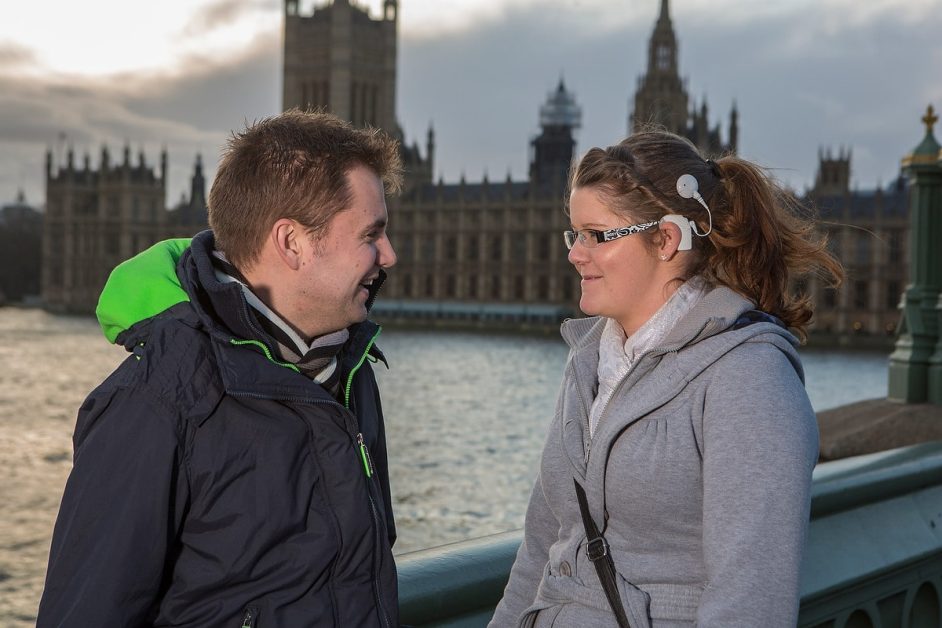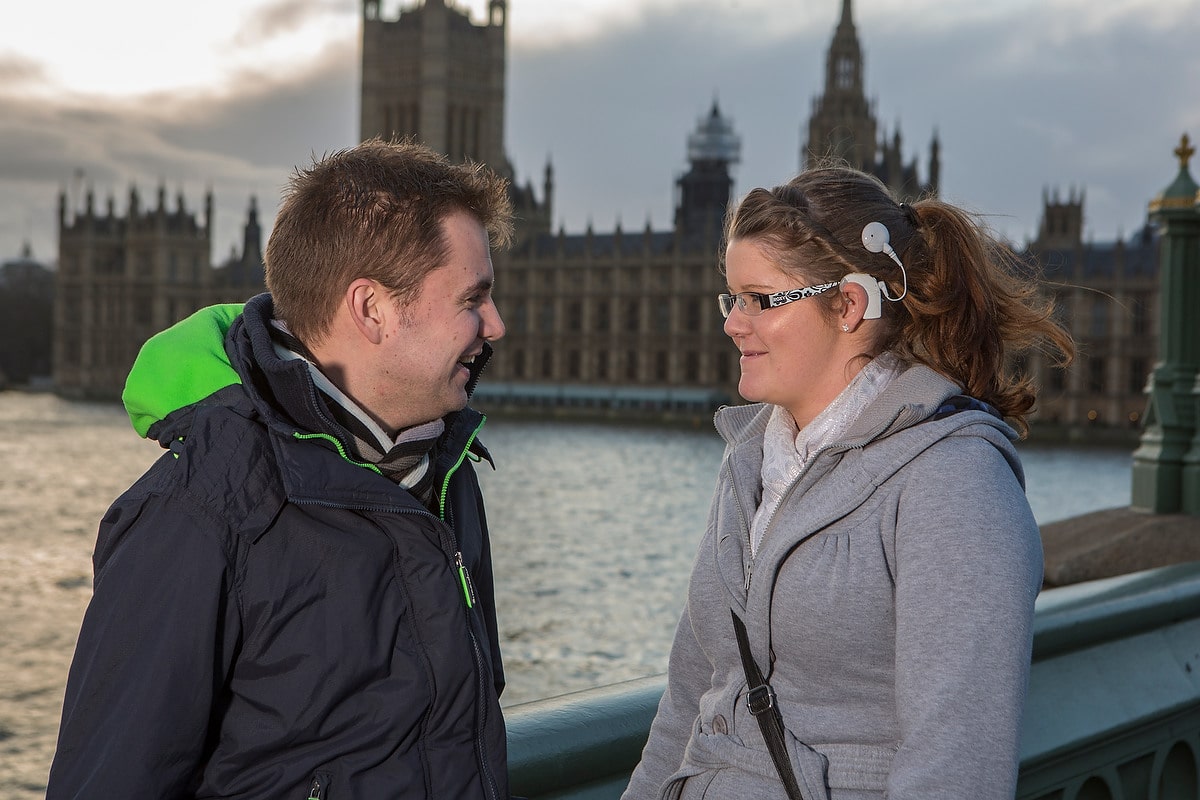
Cochlear Implant Part 2: Cochlear Implant Users in the Real-World
- by Katelyn Cheng


Although cochlear implants help people hear, they will never be able to hear 100% like normal hearing people. Cochlear implants will never cure hearing loss or fully restore hearing. There are pros and cons of having cochlear implants.
The pros of cochlear implants are the following:
- They help improve the ability to converse with hearing people.
- They are able to enjoy sounds such as the TV, all types of music, and conversation.
- It can be a life-changing experience for those who feel frustrated with social isolation, misunderstandings, or dropped conversations.
- They help with hearing environmental sound for safety such as horns of cars or sirens of emergency vehicles.
The cons of cochlear implants are the following:
- Risk of getting a surgery – can result in failure or carry certain medical risks such as headaches or loss of rest of normal hearing.
- Users have mentioned there are some level of improvements, but it is not successful or guaranteed for all cochlear implant users.
- New cochlear implant users do not like it.
How do cochlear implant users who are in mainstream schools function? First, what is mainstream? Mainstream students are special needs students placed and educated in the classrooms with other non-disabled students. Children who wear cochlear implants are placed in classrooms where they can interact and learn alongside with other hearing peers. This gives cochlear implant students the exposure to interact with other hearing students and to improve language skills such as communicating verbally, understanding idioms and sarcasms, and improving vocabulary and fluency. Students with cochlear implants receive accommodations that allow them to be successful in their academics. These accommodations can include FM system, CART, note-taker, sitting in front of the classroom, and/or closed caption videos. FM system, which is frequency modulation, amplifies the voice of the person speaking that is transmitted directly into the person’s cochlear implant. Another accommodation is CART, Computer Assisted Real-Time. This is similar to watching movies with closed captions except it happens in the classroom where the transcriber captions the teacher in real-time, so the student is able to easily follow along with what the teacher is lecturing. Note-takers is also another accommodation that the Cochlear Implant students may use, so they can focus their full attention on listening and learning rather than trying to multitask by taking notes and miss the important information being said. In addition, hard-of-hearing students will likely need to sit in front of the classroom and away from noisy sounds such as air conditioner or computers which are all factors that are important in the accommodation needed for hard-of-hearing students. Cochlear implant users tend to be visual learners and can retrieve and register information better when there is a visual presentation such as powerpoint or lectures where the teacher teaches and writes on black/white boards. Also, videos shown in classrooms are often asked to be captioned as this helps the student understand and follow along the video better.
Although people with cochlear implants can hear, there are still a lot of difficulties they have to face such as listening in loud environments or following in a group setting. Read more about how cochlear implants are built to work and how it has to compete against noisy environments. People with cochlear implants also must make sure they keep enough fully charged batteries or enough disposable batteries on them, or they risk having their cochlear implant die on them in the middle of day. People with cochlear implants are not able to shower, swim, or do other water activities with their cochlear implants on because cochlear implants are not manufactured to be immersed totally in water. Cochlear implant people also do not like to sleep with their cochlear implant on. They typically like to sleep in total silence which even hearing people prefer. Click here to read more about the experiences different cochlear implant users have shared.
Here is a personal experience about Megan Clancy who is the ASL instructor for Start ASL:
Megan was born Deaf into a hearing family in Massachusetts. Megan and her twin sister were born 3 months premature, and her mom suspected that she was Deaf at few weeks old. Megan’s mom then convinced the Massachusetts Eye and Ear Infirmary (MEEI) to put the 6-month-old infant to sleep to do the invasive promontory testing under anesthesia with Dr. Joseph Nadol as the ENT. (This test involves putting a needle electrode through the ear drum to test the functionality of the cochlea.). This test confirmed that her mom was right that Megan was completely deaf. She was the first child at the MEEI to undergo this well-known test that is used to test newborns for deafness—called the auditory brainstem response (ABR) test which includes no needles although the 6-year-old had to be sedated to stay still. However, Megan passed this ABR test with her 2 cochlear implants in her early 20’s after wearing hearing aids since birth. It took her years of auditory verbal therapy, aural rehabilitation, family speech practice at home, and speech therapy for me to maximize benefit from her cochlear implants provided by Advanced Bionics. Ironically, it was the House Ear Institute that pulled her to Los Angeles for their prelingual adult speech perception study. Megan loves the sound of birds singing, all forms of music, listening to the ocean, and better understanding what people are saying in spoken English. ASL itself is also a beautiful language to be appreciated. Therefore, it is her hope to see the cochlear implant community connect with the Deaf community through ASL. Watch Megan’s video of her story. Hope you enjoy it!
Start Learning ASL Today!
 Ready to start learning real American Sign Language and not just basic signs? Do you want to be a part of the vibrant Deaf community? Check out our Free ASL 1 Course or our Complete 4-Level ASL Course options and start learning ASL today!
Ready to start learning real American Sign Language and not just basic signs? Do you want to be a part of the vibrant Deaf community? Check out our Free ASL 1 Course or our Complete 4-Level ASL Course options and start learning ASL today!








